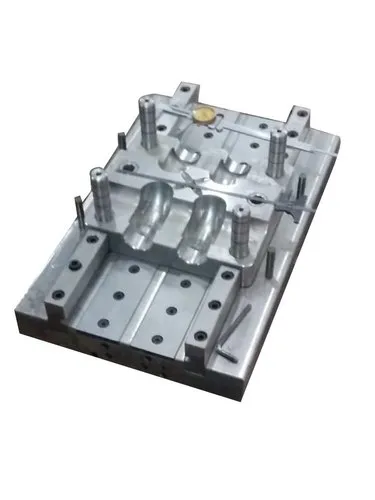As the automotive industry shifts toward sustainability, hybrid and electric vehicles (HEVs and EVs) are rapidly reshaping not only how cars are powered but also how they’re manufactured. One area undergoing significant transformation is the design and use of molds—particularly in plastics, composites, and even die-cast metals. Molding, a key process in automotive manufacturing, is facing new demands due to the structural and functional differences of EVs and hybrids compared to traditional internal combustion engine (ICE) vehicles.
1. Increased Use of Lightweight Materials
One of the primary goals in EV and hybrid design is weight reduction, to extend battery range and efficiency. This means replacing heavy metal parts with lightweight polymers and composites, many of which require precision molding.
Thermoplastics and carbon-fiber-reinforced plastics (CFRPs) are being increasingly used for structural and cosmetic components.
Molds must withstand higher temperatures and pressures, especially with advanced polymers.
More complex geometries are common, requiring advanced mold design techniques like conformal cooling and multi-cavity layouts.
2. Design for Battery Integration
The presence of large battery packs significantly changes the chassis and internal architecture of EVs.
Molds are now needed for battery housings, cooling plates, enclosures, and insulation components.
Battery components often require flame-retardant, chemical-resistant materials, pushing the boundaries of traditional mold materials and coatings.
Tighter tolerances are needed for components that interact with high-voltage systems to ensure safety and performance.
3. Thermal Management Components
EVs generate less engine heat but have more thermal management needs for batteries and electronics. As a result, there’s a rise in molded components such as:
Liquid cooling channels
Heat sinks and exchangers
HVAC ducting optimized for electric drivetrains
These parts require molds that can handle intricate designs and tight clearances, as well as materials that perform well under thermal stress.
4. New Interior and Aesthetic Demands
EV interiors are often more minimalist and tech-centric, requiring new kinds of dashboard, console, and panel molds.
Consumer expectations for seamless, integrated touch interfaces demand molds that produce high-precision, low-defect surfaces.
Sustainable materials are becoming popular, including bioplastics and recycled composites, each requiring specialized molding parameters.
5. Shift Toward Low-Volume and Custom Production
Traditional car manufacturing emphasized large-scale, uniform production. EV makers—especially startups—are shifting to more flexible, low-volume production.
This creates demand for rapid tooling, 3D-printed molds, and modular mold systems that can be quickly adapted.
Shorter product life cycles and fast iterations mean molds must be created and modified more quickly and cost-effectively.
6. Tighter Environmental and Safety Regulations
The EV revolution is accompanied by stricter regulations on emissions, recyclability, and safety.
Molds must now be designed for parts that are easier to recycle, often meaning monomaterial construction or easily separable components.
Safety-critical parts, especially around battery compartments and electronics, demand precise molding with minimal deviation.
Conclusion
Hybrid and electric vehicles are redefining the standards for mold design and manufacturing. The move toward lightweighting, electrification, and sustainable production is driving innovation in mold materials, designs, and processes. As the industry evolves, mold makers and manufacturers must stay agile, adopting new technologies and methodologies to meet the challenges of this electrified future.


